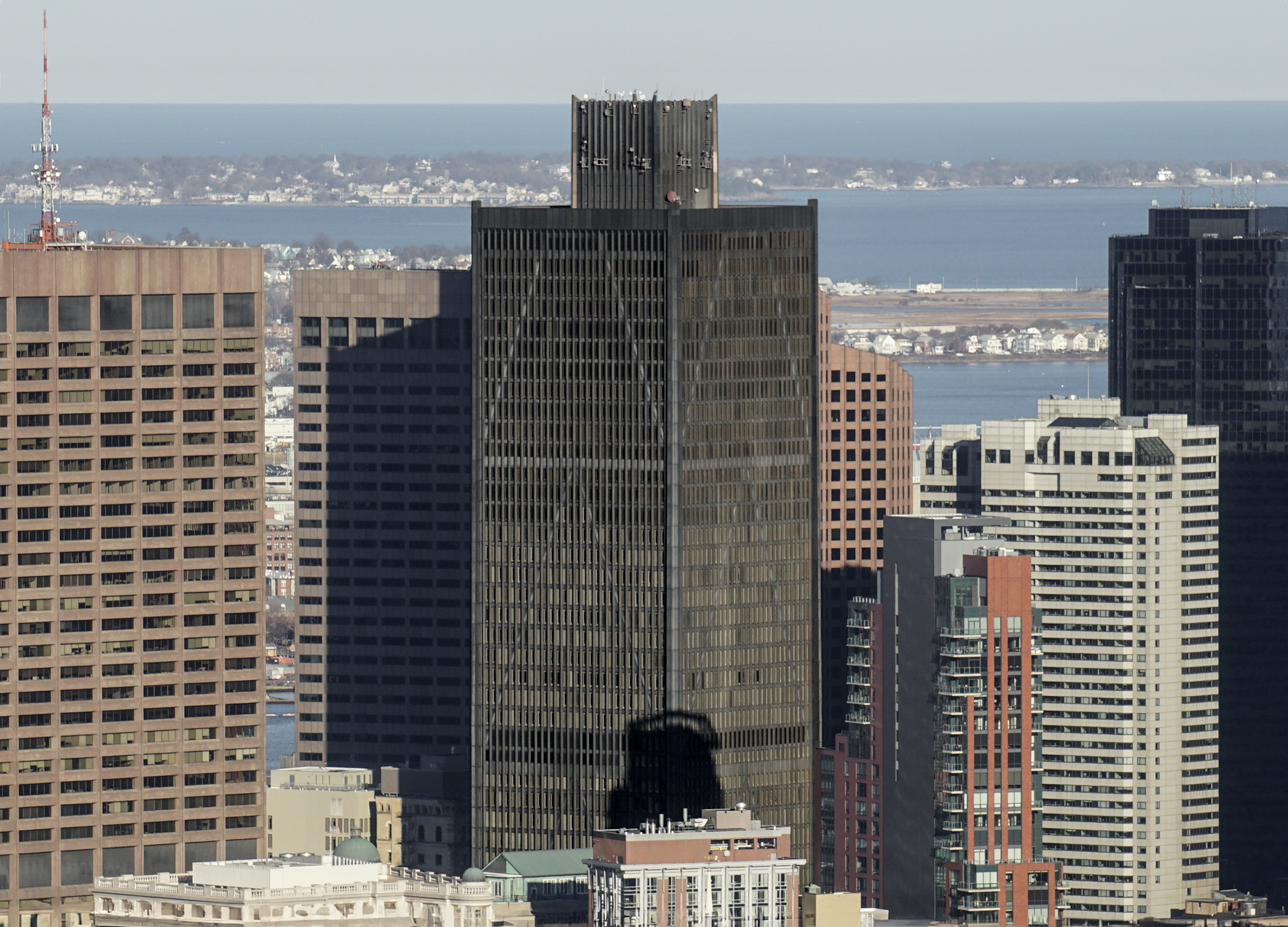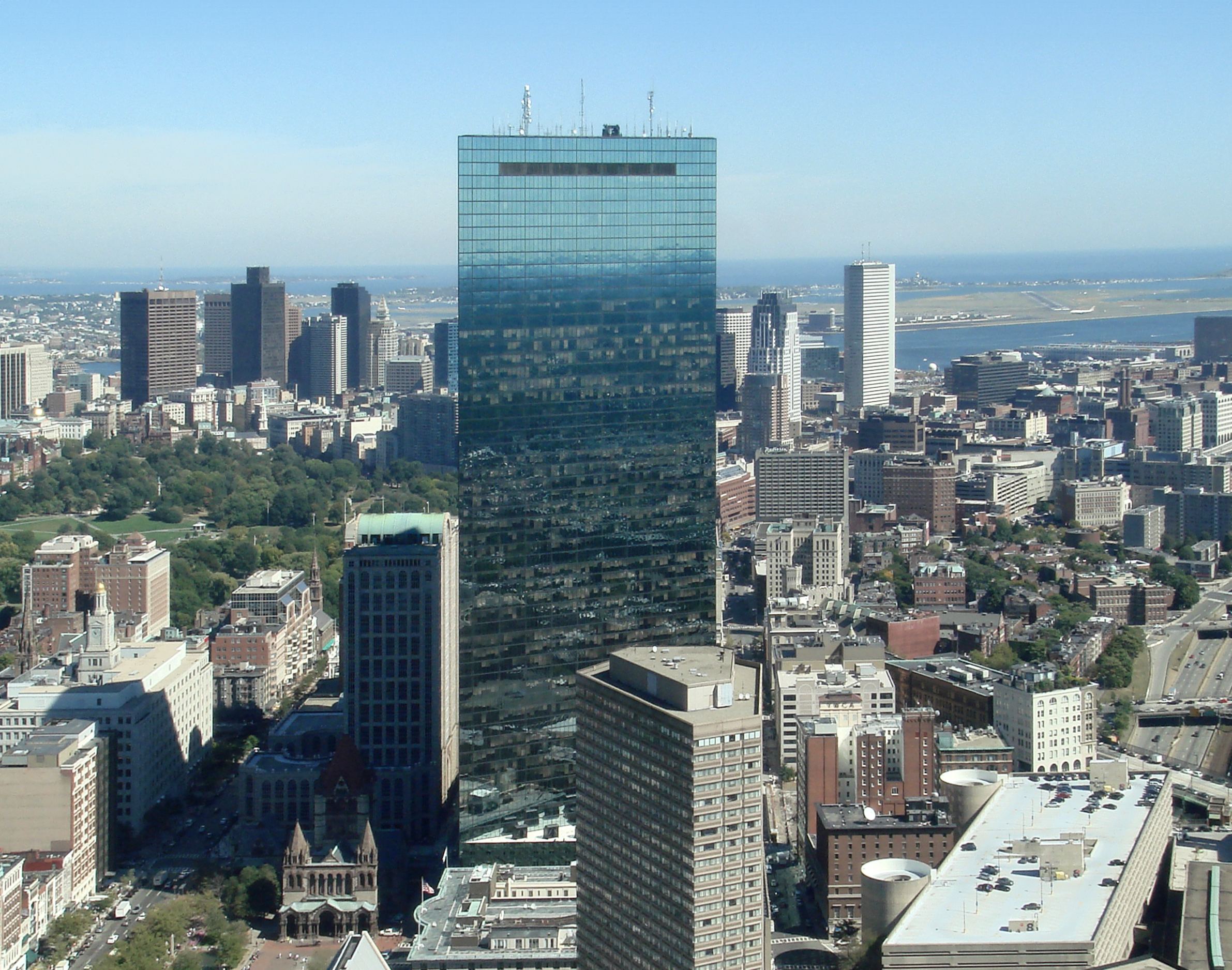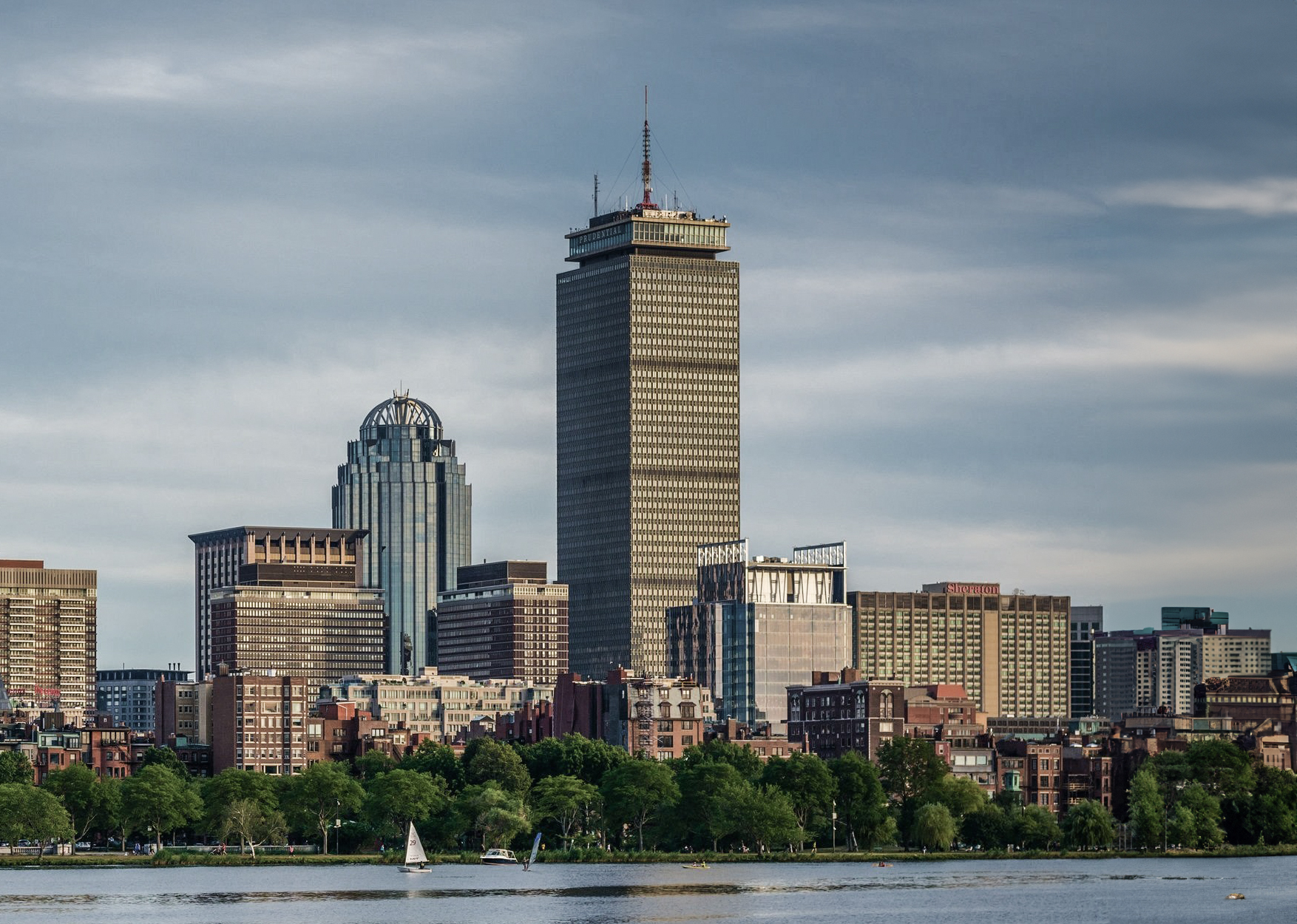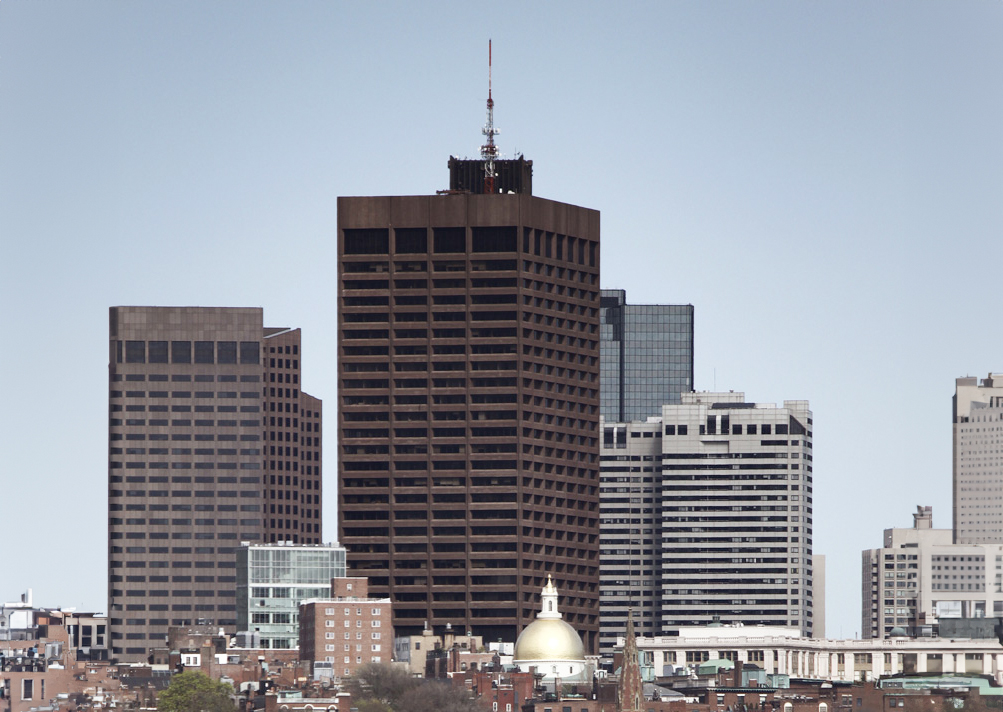The One Boston Place Building is an International Style skyscraper designed by Pietro Belluschi, in association with Emery Roth & Sons, and built between 1967 and 1970 in Boston, MA.
One Boston Place Building is not the only name you might know this building by though. It is common for companies to want to attach their names to iconic buildings when they move in, or for the general public to come up with nicknames, and this one is no exception. The One Boston Place Building is also known, or has been known as, Boston Company Building, or Mellon Bank Building.
Its precise street address is 201 Washington Street, Boston, MA. You can also find it on the map here.
The One Boston Place Building has received multiple architecture awards for its architectural design since 1970. The following is a list of such prizes and awards:
- TOBY Award in 2017
- BOMA Boston in 2022
The building has been restored 2 times over the years to ensure its conservation and adaptation to the pass of time. The main restoration works happened in 2020 and 2005.





